Faced with the increasing number of livestock and poultry farms, the application of microbiological technology in production is considered one of the optimal solutions, bringing many benefits to direct producers as well as contributing to improving productivity, product quality, disease prevention and ensuring environmental hygiene in livestock farming.
 A chicken farmer in Dong Phu commune (Dong Son) mixes biological products as bedding.
A chicken farmer in Dong Phu commune (Dong Son) mixes biological products as bedding.
Mr. Nguyen Chi Loi, a poultry farmer in Quang Ninh commune (Quang Xuong), said: “For poultry farmers, Balasa N01 probiotics are no longer strange because this is a probiotic containing living cells of bacterial strains, yeast, filamentous fungi, enzymes that hydrolyze organic substances, which have the effect of decomposing livestock waste to limit environmental pollution. Besides, using these probiotics is quite easy, such as mixing them with rice bran, corn flour, water, rice husks or sawdust to make bedding; adding them to biogas tanks to reduce odors, mixing yeast with water, molasses... spraying the mixture on the floor of the barn...”. According to Mr. Loi, using probiotics in livestock farming brings many benefits, such as: the cost of yeast is quite cheap, easy to find at animal feed stores. In addition, healthy livestock, less disease, fast weight gain, delicious meat quality, especially deodorizing livestock waste... In addition, the application of biological products in livestock farming also contributes to changing habits, raising awareness of environmental protection, creating a good source of organic fertilizer for crops.
Currently, there are many types of biological products commonly used, such as: EM products, Sacharomyces probiotics, PM2, BioZym... helping livestock and poultry grow healthily, reduce disease rates, treat waste in livestock farming, deodorize, create a clean environment... In addition to applying microbiological technology, people also produce biological products themselves to proactively apply in production as well as provide quality products to the market. Ms. Le Thi Quyen, Hoang Dao commune (Hoang Hoa), said: "After participating in a training course organized by the Thanh Hoa Provincial Cooperative Union on how to produce EM biological products, I experimented with raw materials from agricultural waste, such as: fruit peels, vegetables, tubers, fruits, washed, chopped, mixed with sugar, garlic, chili and some other additives to soak, ferment and then drain the water... This product gathers beneficial microorganisms, can deodorize the stench of barns or mix into animal feed to increase resistance and digestion for livestock, help livestock grow quickly, less sick... Currently, I am supplying EM products to many livestock farms in and outside the province".
Currently, in the province, 100% of large-scale pig farms, 90% of medium-scale farms, 75% of small-scale farms and 23% of households apply microbiological technology in livestock waste treatment. For poultry farming, 100% of large-scale farms, 95% of medium-scale farms, 88% of small-scale farms and 32% of households apply microbiological technology using biological bedding. Many farm owners also use EM biological products to mix into chicken feed to help supplement nutrients, improve immunity for poultry, and reduce odors in the farming area. For cattle farming, 60% of households use biological products to improve the resistance of livestock on cold days and when the weather changes.
The effectiveness of applying microbiological technology in livestock farming has been clearly seen through the models. However, in order for this method to be widely applied and achieve maximum efficiency, localities need to promote propaganda and raise awareness among livestock farmers about the effectiveness of applying microbiological technology in agricultural production, towards an organic, ecologically sustainable and environmentally friendly agriculture. In addition, localities need to organize science and technology transfer classes, instruct people on how to mix and use probiotics according to the correct technical process; build pilot models for people to learn, apply and replicate the model.
Article and photos: Le Ngoc
Source









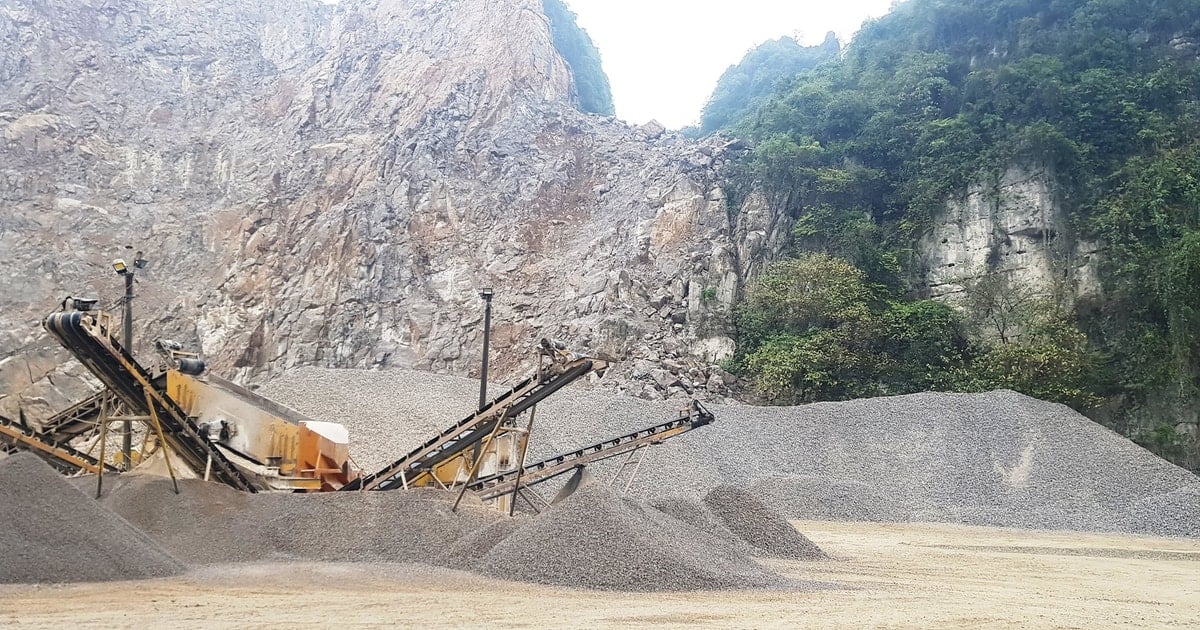

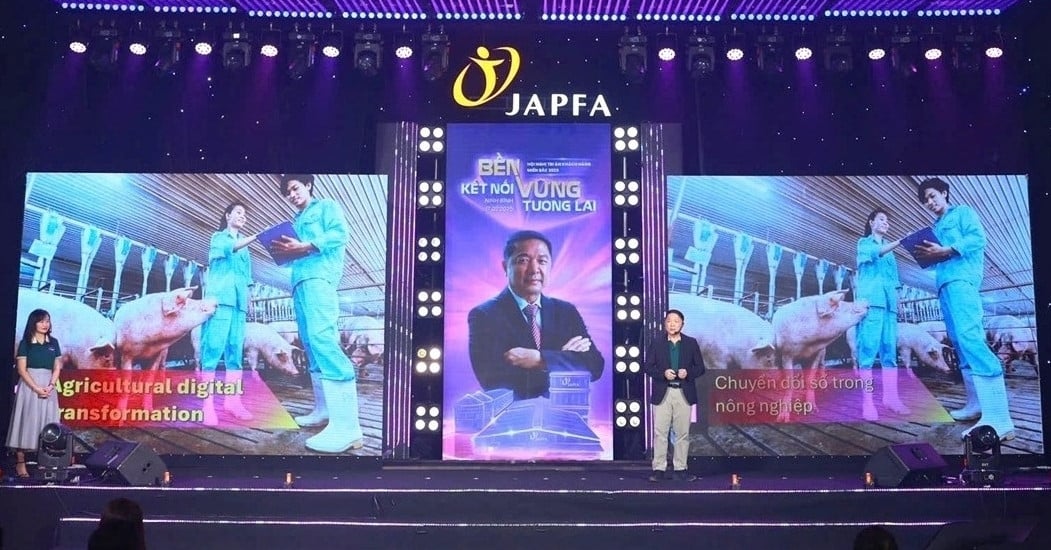

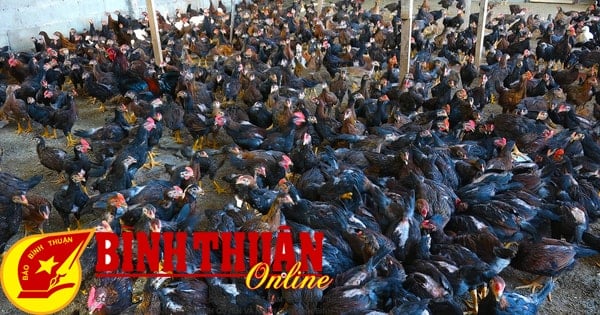
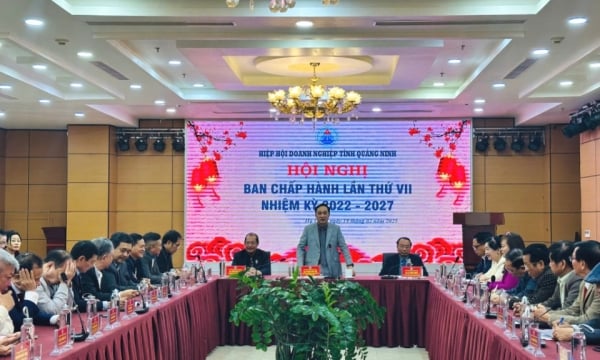
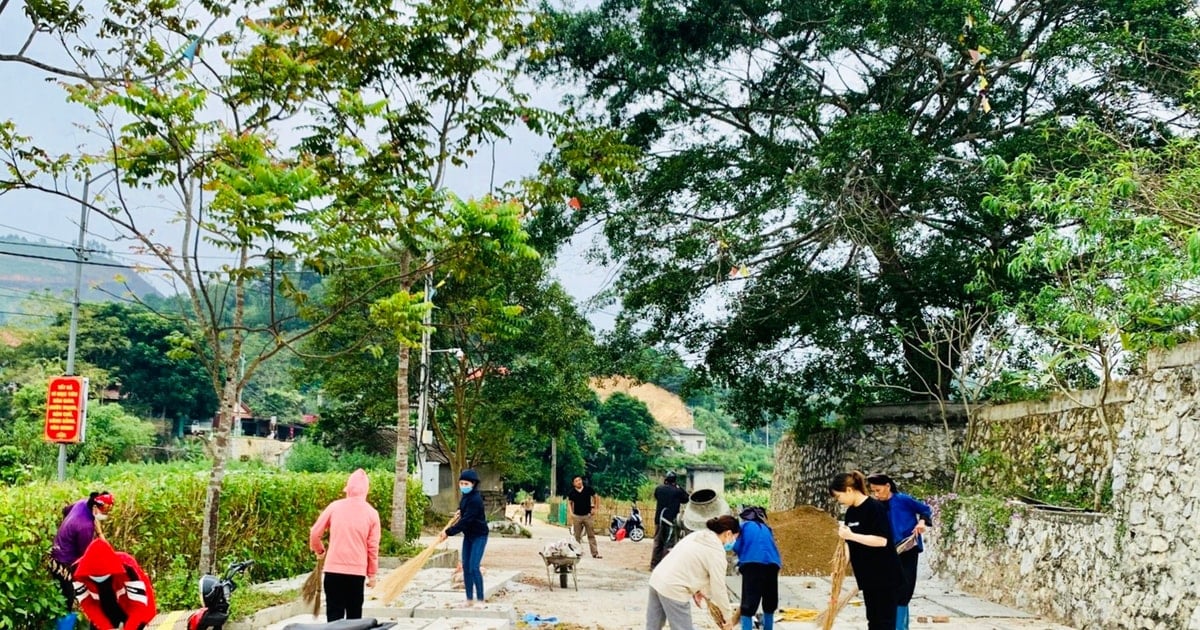
















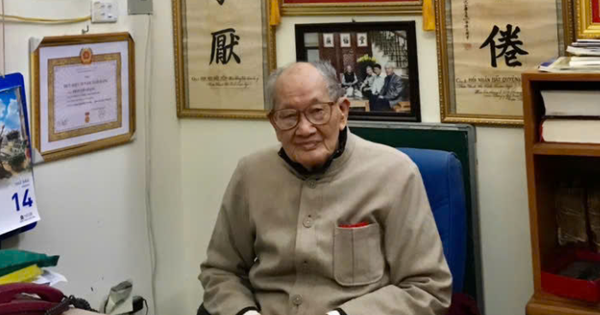


Comment (0)